Pets make every holiday more fun, and Halloween is no exception—but lurking pet hazards can quickly turn a night of frightful fun into a pet emergency nightmare. Plan your festivities with your pet in mind, and use these six tips from Fairfax Veterinary Clinic to keep them safe, calm, and fear-free this Halloween.
#1: Choose a comfortable costume for your pet
If you decide to dress your pet in a Halloween costume, choose one that fits comfortably. Ensure the outfit does not interfere with movement or breathing, or have any adornments that your pet could ingest. Always supervise your pet in their costume, and reward their cooperation with praise and treats. After snapping some photos, give your pet a break, because not all pets are comfortable wearing a costume—a Halloween-themed collar, leash, or bandana is a simple, cute alternative, if your pet prefers to go sans-costume.
#2: Remember that trick-or-treating is no treat for pets
No matter how cute your pet looks in their costume, home is their safest place on Halloween. The unfamiliar sights and sounds can be scary, and your pet could get loose amid the trick-or-treating chaos. The most well-behaved pet can react unpredictably in a stressful situation, and leaving them home avoids an unsafe situation, for them and others.
#3: Keep candy away from your pet
An abundance of candy is part of what makes Halloween so great, but many sweets contain substances that can be toxic for your pet. Keep your candy stash up high, remind children not to share food with your pets, and, as you pass out candy to trick-or-treaters, check for any dropped pieces. Keep the 24-hour Pet Poison Helpline number handy, and call your veterinarian or the helpline immediately, if you suspect your pet has ingested a toxic substance. Some of the most common—and hazardous—Halloween treats include:
- Chocolate — Chocolate contains chemicals called methylxanthines that are dangerous to pets. The darker, more bitter the chocolate, the higher the chemical concentration, and the more poisonous for pets. Signs your pet ingested chocolate can include:
- Vomiting
- Diarrhea
- Lethargy
- Increased thirst
- Hyperactivity
- Seizures
- Raisins — Raisins may be a healthy option for trick-or-treaters, but ingesting only a small amount can cause kidney failure in pets.
- Sugary candy — Consuming large quantities of sugary, high-fat candy can lead to pancreatitis, and candy that contains xylitol can be poisonous to your pet.
#4: Microchip your pet and update identification
Passing out candy to trick-or-treaters means lots of door openings. While you’re oohing and ahhing over the adorable young ghouls and goblins, your pet could slip through the door undetected. Before Halloween, ensure your pet is microchipped, and your current contact information is registered with the data company. Your pet’s collar should be comfortably secure with current identification tags.
#5: Create a calm oasis for your pet
Pets thrive on routine, and Halloween happenings can throw any pet for a loop. To keep your pet comfortable and stress-free on the big night, set up a calm, quiet space, away from the front-door commotion. Turn on music or television for background noise, and provide plenty of engaging toys to keep your pet distracted. Contact your veterinarian if your pet is highly anxious, to discuss the benefits of anti-anxiety medication.
#6: Decorate with your pet in mind
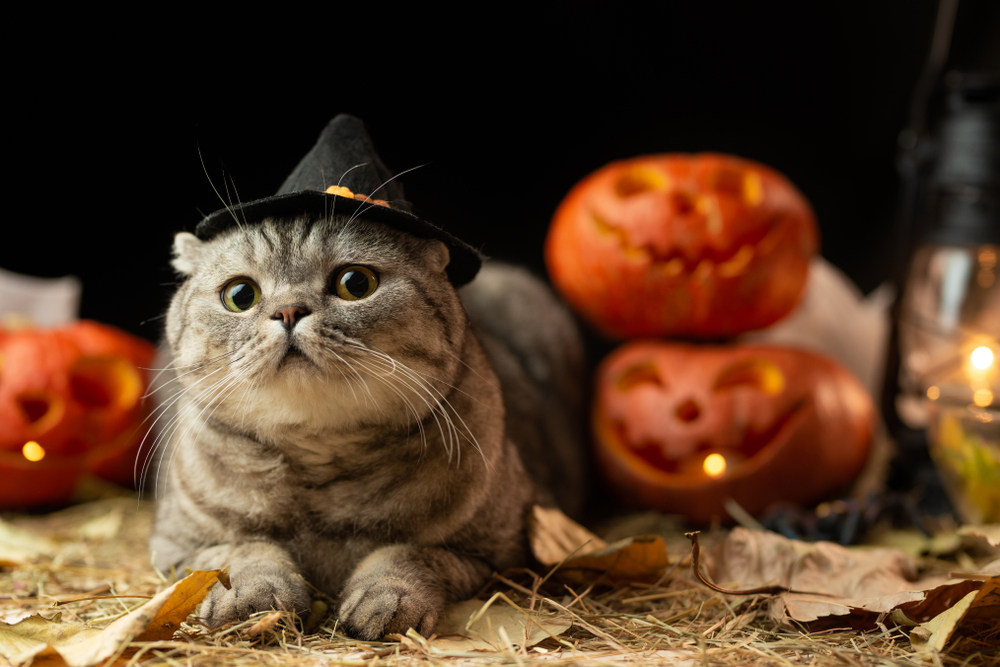
Spooky decorations are a big hit with trick-or-treaters, but can spell disaster for a curious—or clumsy—pet. Be aware of the following hidden pet dangers when decorating your home for Halloween:
- Pumpkins — While pumpkin can be good for your pet in small qualities, too much can cause digestive issues.
- Jack-o’-lanterns — Candle-lit jack-o’-lanterns and tail wagging do not mix. Keep candles and carved pumpkins up high where your pets can’t knock them over, or get burned.
- Glow sticks — The liquid inside most glowsticks is non-toxic, but can make your pet uncomfortable, and cause drooling and vomiting. If glow sticks are a part of your Halloween decor, keep them away from your pet, and dispose of them carefully.
- Cords and battery-powered decorations — Extra cords and batteries lying around may look like fun for a playful pet, and mistaking them for a chew toy can cause serious injury, such as burns, electrical shock, and intestinal blockages, if swallowed. Unplug decorations when not in use, and keep battery-powered decorations away from your pet, to avoid a Halloween trip to the emergency veterinarian.
A little good-hearted fright is fun on Halloween, but fear is never fun for pets. Start preparing for a pet-friendly holiday, and contact Fairfax Veterinary Clinic to have your pet microchipped, or to discuss anti-anxiety medication for your pet.



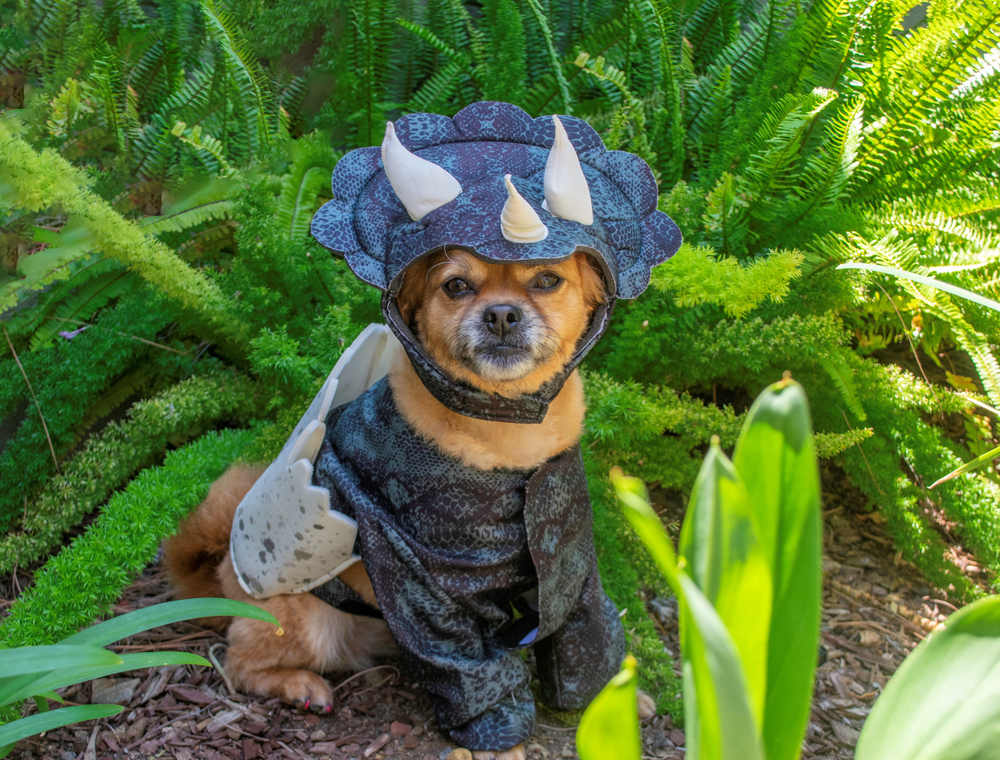
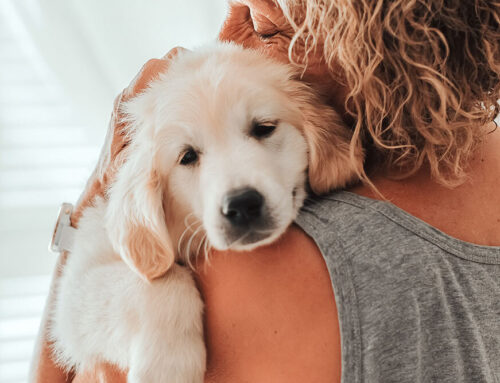
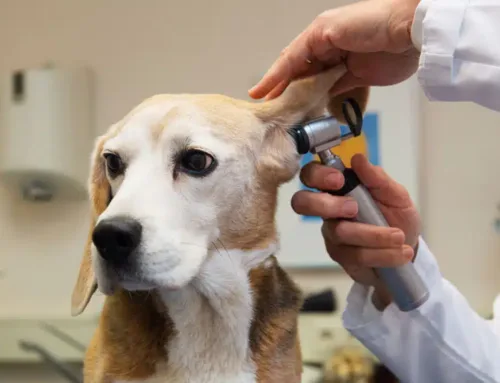
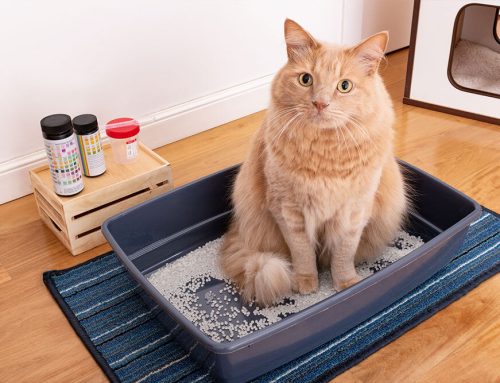
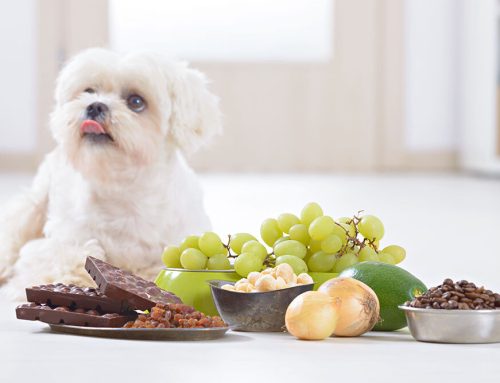
Leave A Comment